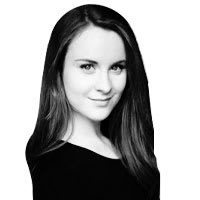Creating a ‘Nicotine-Stained’ Homage to the ’70s in ‘Daisy Jones and the Six’
BOHO CHIC
Production designer Jessica Kender shares the secrets behind crafting all the small details that went into making the Prime Video series look authentically Laurel Canyon-esque.

Trending Now





